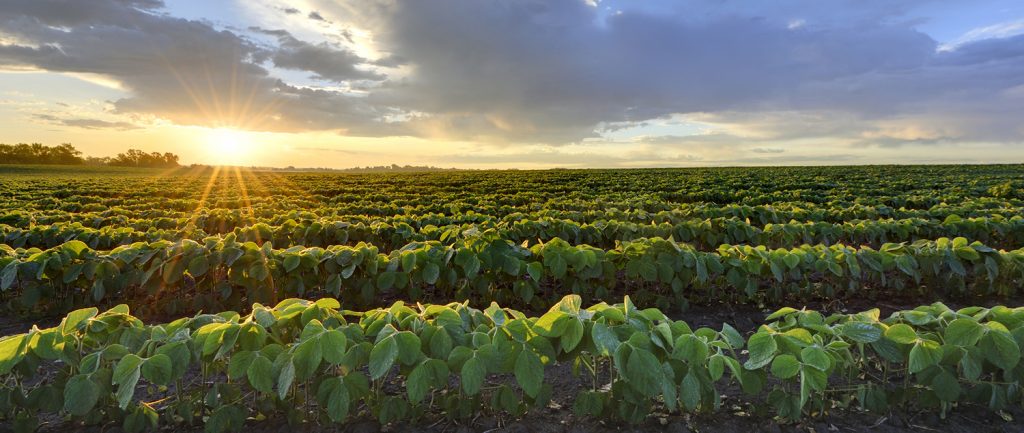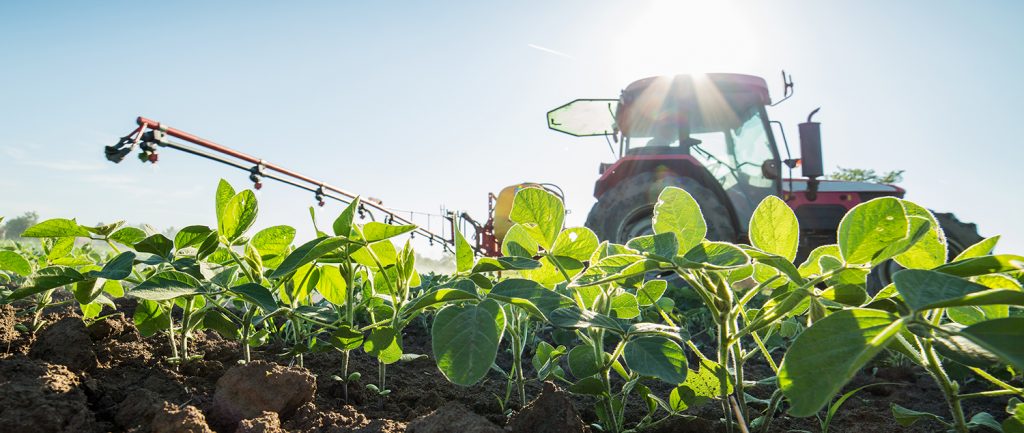As part of the inaugural meeting of the White House Council on Supply Chain Resilience, President Biden and USDA Secretary Tom Vilsack announced that USDA is making investments that will strengthen American food and agriculture supply chains, expand markets for agricultural producers and lower food costs.
“The Biden-Harris Administration is championing America’s farmers and ranchers by helping expand businesses and supporting more robust American supply chains,” Vilsack said. “(These) investments in agricultural producers and rural entrepreneurs will create better economic opportunities that bolster food supply chains across the country and increase competition. This will result in more affordable prices and choices for consumers, as well as more opportunities and revenue for farmers.”
The announcement was made as part of the inaugural meeting of the new White House Council on Supply Chain Resilience, which is part of President Biden’s “Bidenomics” agenda to lower costs for American families and increase investment in America’s supply chains critical to economic and national security. The funding builds on prior investments made by USDA under President Biden’s Investing in America agenda to increase competition and lower costs by enhancing independent meat and poultry and other diversified food processing capacity, strengthening local and regional food systems, and expanding domestic, innovative fertilizer production.
USDA is making investments in 185 projects worth nearly $196 million to create new and better market opportunities for producers and entrepreneurs in Minnesota, along with dozens of other states. In November 2023, Minnesota Soybean Growers Association member Robert “Rusty” Kluver hosted the president and Secretary Vilsack at his farm in Northfield.
Background
USDA and the Biden-Harris Administration are making these investments through six programs designed to create economic opportunities for people and businesses in rural areas.
Rural Business Development Grants assist with economic development planning and/or the financing or expansion of rural businesses by providing technical assistance and training for small rural businesses.
The Value Added Producer Grants Program helps farmers and ranchers venture into new markets by adding value to their bio-based products that will increase their revenue. Funds may be used to process or market these products. For example, a grape farmer may use funding to produce and market wine.
Business and Industry Loan Guarantees help improve rural economic health by increasing access to business capital, allowing commercial lenders, like banks and credit unions, to offer affordable financing to eligible rural businesses. This program was authorized by the Consolidated Farm and Rural Development Act.
The Food Supply Chain Guaranteed Loan Program supported investments in infrastructure for food processing, manufacturing, storage, transportation, wholesaling, aggregation and distribution to increase capacity and create a more resilient, diverse and secure U.S. food supply chain through the American Rescue Plan Act.
The Rural Economic Development Loan and Grant Program provides funding for rural projects through local utility organizations. USDA provides zero-interest loans to local utilities which, in turn, lend the funding to local businesses to support projects that will create and keep jobs in rural areas.
Under the Biden-Harris Administration, USDA Rural Development provides loans, loan guarantees and grants to help expand economic opportunities, create jobs and improve the quality of life for millions of Americans in rural areas. This assistance supports infrastructure improvements; business development; housing; community facilities such as schools, public safety and health care; and high-speed internet access in rural, tribal and high-poverty areas. For more information, visit www.rd.usda.gov.







